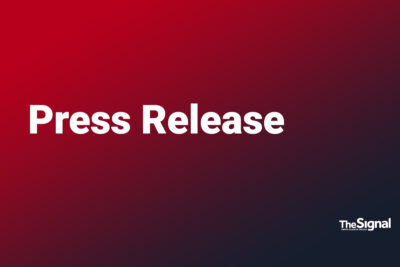Campus security has always been a concern for staff and parents alike, but the shooting that took place on Saugus High School’s campus last November put the conversation of safety at the forefront of the school district.
Prior to the events that unfolded Nov. 14 at Saugus High, the William S. Hart Union High School District had safety protocols put into place that outlined campus security, lockdown procedures and mental health resources, things district officials deemed necessary to keep students safe on campus.
“In 2018, (former Superintendent) Vicki Engbrecht laid out this safety planning document online,” said Mike Kuhlman, current superintendent of the Hart district. “The idea was to ensure the public we were taking the concern of student safety seriously.”
The document, which is available to the community online, broke the topic of campus security into categories, where each category gave details about how the district handles security protocols.
Prior to the shooting, a school resource officer from the Santa Clarita Valley Sheriff’s Station was assigned to each campus in the district and is meant to build relationships with students and act immediately in the case of an emergency situation.
“The (Los Angeles County Sheriff’s Department) has been very good with helping put an officer on each campus,” said Linda Storli, Hart district governing board president. “It’s been a thing for about 20 years now; and when I was a teacher, I was one of the people who advocated for it.”
In the most recent contract signed between the Hart district and the Los Angeles County Sheriff’s Department, six deputies spend time among the various Hart district schools. The contract with LASD is worth approximately $1.2 million, and this year saw an agreement to increase the amount of time a deputy would spend on the Castaic, Rancho Pico and West Ranch campuses.
Each school is enclosed with fencing, and if people outside of students and staff visit any campuses, they must obtain a visitors pass at the school’s office by signing in and stating why they’re visiting, Storli said.
After Nov. 14, Kuhlman said the district took drastic steps to make an “already strong system” even better. District officials did this by contacting an outside security company, called Prince/Kallin Consultants, which offered suggestions to enhance security systems and protocols.
Of those suggestions, Kuhlman said the district has taken a proactive approach to strengthen security while on and off campus. Storli said the school board’s approach has been aimed at assisting students’ mental health.
“We make sure teachers, supervisors and even groundsmen are constantly on the lookout for things that don’t add up or kids that seem like they’re in need,” Storli said. “We want to make sure kids get the help they need immediately.”
One way to keep track of students’ mental health and well-being was a monitoring system called BARK, which is attached to students’ school Google accounts, including Gmail and Drive, and flags signs of potential issues such as cyberbullying, suicidal ideation and threats.
“This was a key recommendation by our outside security company,” Kuhlman said. “The best thing we can do to keep people safe is to intervene as quickly as possible. This system will push alerts to administrators, who will reach out to parents, law enforcement and support groups to get that support needed to students as early as possible.”
Student wellness centers have also opened on some school campuses within the district, and although students are unable to utilize the centers due to school closures related to COVID-19, the district has hired more than 50 therapists who have transitioned to telecommunication and are available to students via online platforms.
Once schools return to campus after deemed safe by the county’s Department of Public Health, a new system called SaveVisitor Solutions will be implemented, which verifies the identity of a person before they’re allowed to walk onto campus.
The SafeVisitor Solutions is just one way the district is changing campus security. Other means include offering more mental health resources, rebranding the Text-a-Tip function currently offered to students, and bringing back SROs once students return.
“We’ve taken seriously our moral responsibility to see what we can do better,” Kuhlman said. “We haven’t sat back and just papered over these issues with minor changes. We’ve done a lot of work to help create a safer environment.”








